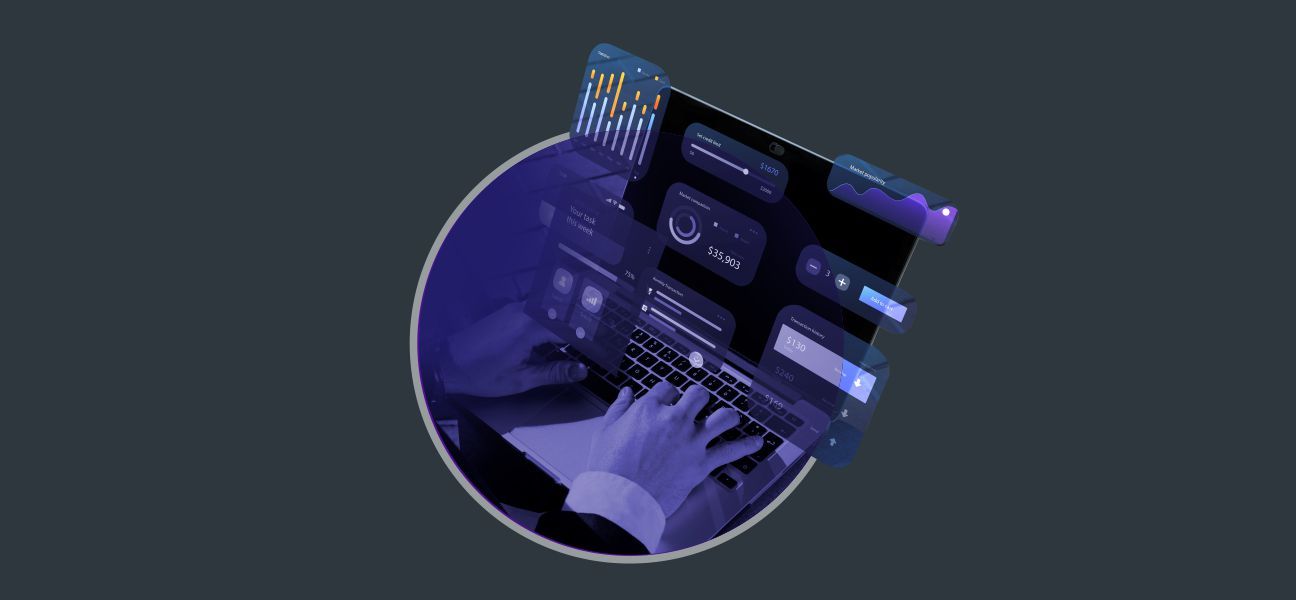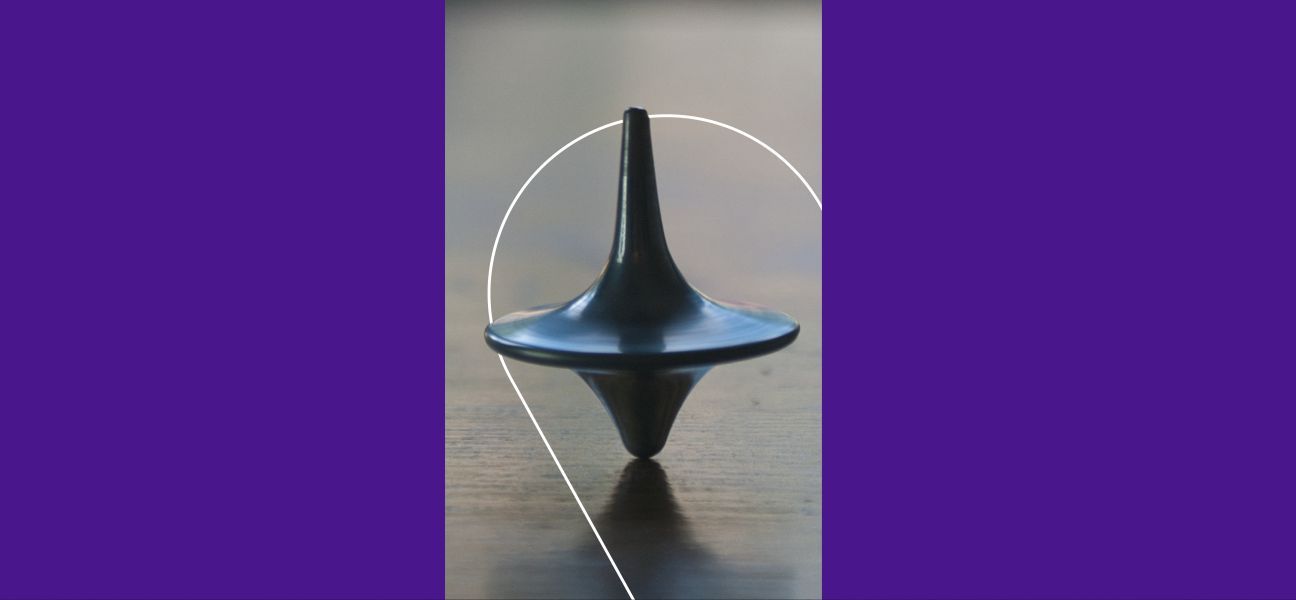Blog
Loading...
The Death of Traditional CMS? Embracing the Shift to Composable DXPs

The Death of Traditional CMS? Embracing the Shift to Composable DXPs
Why Now Is the Time to Re-evaluate Your Digital Experience Stack
In today’s experience-first economy, agility isn’t optional it’s foundational. And at the heart of this agility lies your CMS. While traditional monolithic CMS platforms once dominated enterprise strategies, the rise of modern composable DXPs has reframed how leading organizations think about content delivery, integration, and innovation. Choosing the right approach today can either unlock long-term scalability or limit your future flexibility. Here’s how to make the decision with intention.
1. Understand the Role of Monolithic CMS: The All-in-One Powerhouse
Monolithic CMS platforms like Sitecore or Adobe Experience Manager offer tightly integrated ecosystems content, personalization, marketing automation, and analytics in a single stack. Their biggest strength? Centralization. For enterprises with highly regulated environments or complex workflows, this all-in-one powerhouse brings reliability and consistency. Platforms like Kentico Xperience still offer robust, enterprise-ready monolithic models that deliver measurable value when integration simplicity and full-stack cohesion are key.
2. Explore the Rise of Modern Composable DXPs
But business needs have evolved. Speed to market, cross-channel delivery, and user-centric design now define the digital experience frontier. This has led to the rise of modern composable DXPs built around flexibility, not rigidity. Composable architectures let you combine best-of-breed tools from CMS and commerce to analytics and automation using APIs and microservices. The benefit? You scale and pivot as needed.
3. Composable DXP: The Flexible Future?
Composable DXPs are built for a multi-channel world. With headless CMS and composable DXPs like Strapi, Umbraco, and Sitefinity, your teams gain control over every layer from backend content modelling to frontend presentation.
These platforms thrive on speed, scalability, and developer-friendly workflows, enabling businesses to innovate faster and integrate smarter.
4. So, Is the Traditional CMS Really Dead?
No. But the question isn’t “dead or alive”, it’s about fit. Monolithic platforms still excel in complex, all-in-one scenarios where governance, compliance, and tightly coupled features are paramount. Meanwhile, composable architectures empower teams to adapt quickly in a multi-channel world, creating digital experiences that are nimble, responsive, and highly personalized.
5. The Real Question Isn’t Which One Is Better, but Which One Is Right for Your Needs Today and Tomorrow
At Gigasolv, we don’t push one model over the other. Instead, we assess your business goals, tech maturity, and digital roadmap to recommend the ideal approach monolithic, composable, or hybrid. Whether you're evaluating Kentico for its unified DXP capabilities or adopting a composable stack with Strapi or Umbraco, we help ensure your architecture supports your long-term growth, not just today’s priorities.
It’s not about chasing trends. It’s about building the digital core your business deserves.
What’s your take? Are you team all-in-one or team composable? Let’s discuss!






